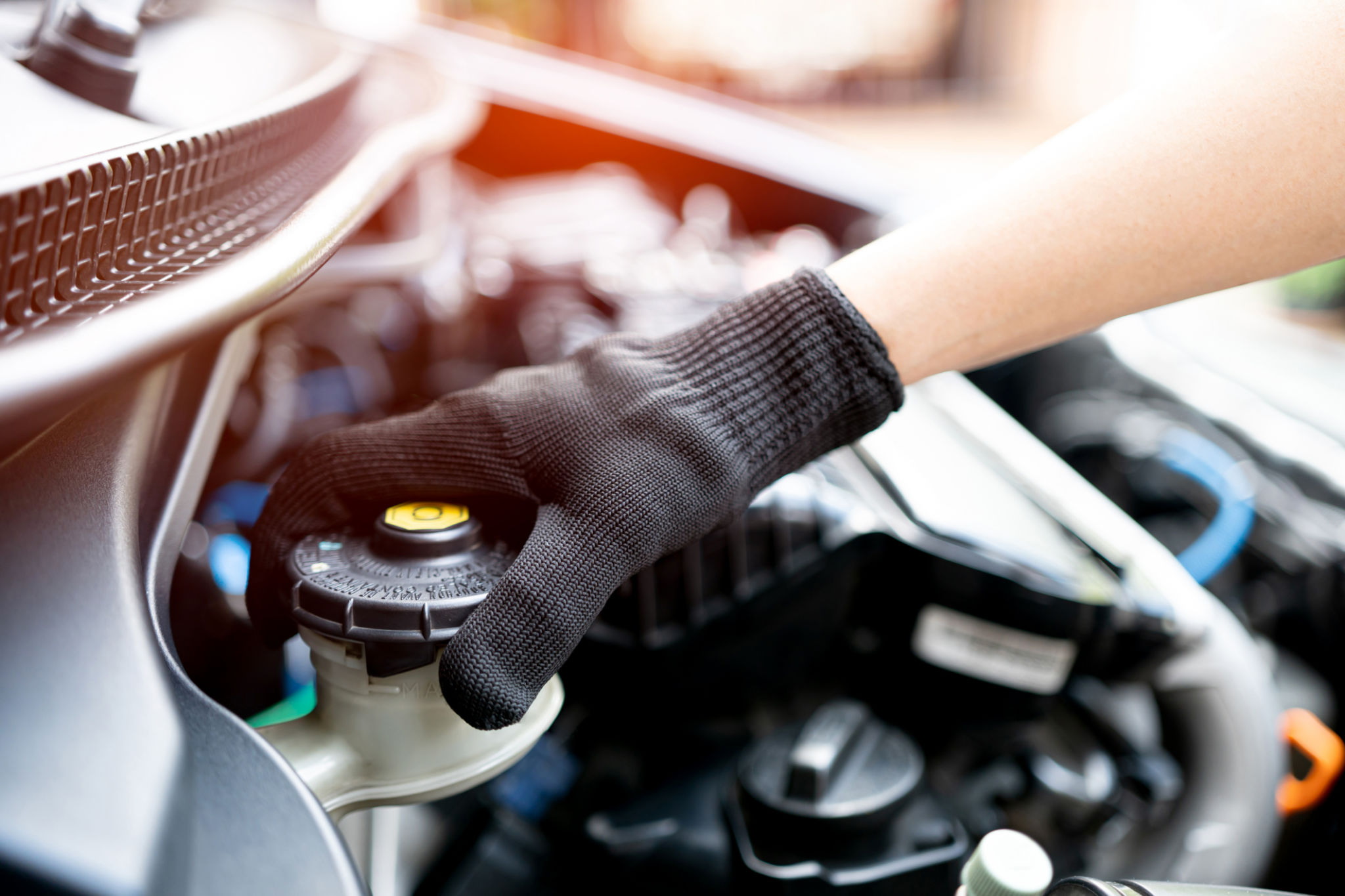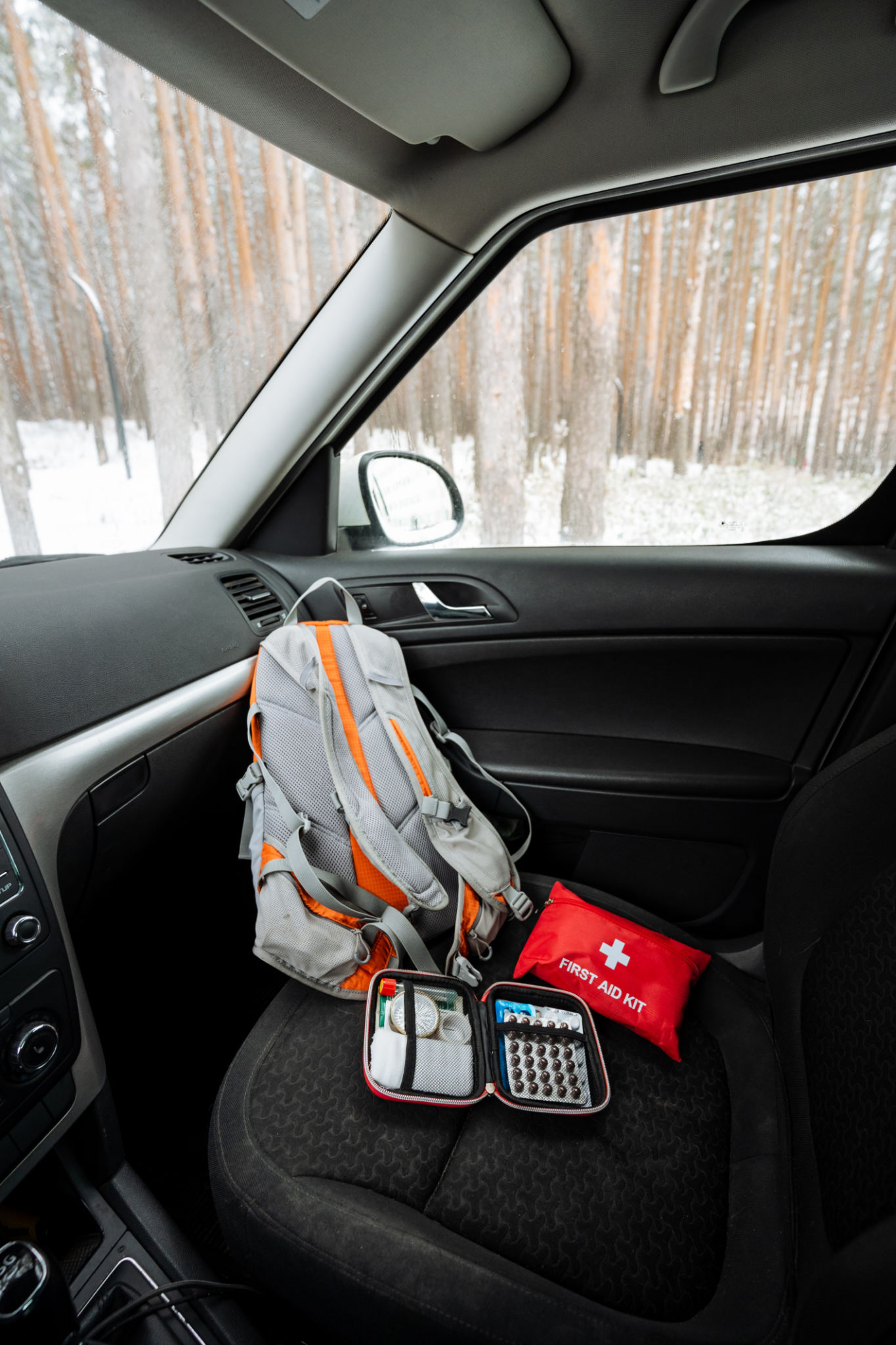How to Prepare Your Car for Winter: Essential Maintenance Tips
Check Your Tires
As temperatures drop, it's crucial to ensure your car's tires are ready for slick, icy roads. Start by checking the tire pressure. Cold air can cause tire pressure to decrease, which can affect your vehicle's handling and fuel efficiency. Make sure your tires are inflated to the manufacturer's recommended levels.
Consider switching to winter tires if you live in an area that experiences heavy snowfall. Winter tires offer better traction and safety in snowy and icy conditions. Additionally, inspect the tread depth to ensure it meets the minimum requirement for safe driving.

Inspect Your Battery
Winter's cold temperatures can be hard on your car battery. Have your battery tested to ensure it has enough charge to start your vehicle in frigid conditions. A battery that's weak or has a low charge can leave you stranded on a cold day.
If your battery is over three years old, consider replacing it before winter sets in. Clean any corrosion around the battery terminals, as this can also affect performance. Keeping jumper cables in your car is a smart precaution in case of emergencies.
Check Fluids and Replace Them if Necessary
Your car relies on several fluids to run smoothly, and some need special attention during winter. Ensure that your engine oil is suitable for winter conditions. If necessary, switch to a winter-grade oil that flows better in cold temperatures.
Antifreeze is another critical fluid to check. It prevents the engine from freezing in cold weather. Make sure it's at the correct level and consider having a professional test its freezing point. Don't forget to fill up on windshield washer fluid designed for low temperatures to maintain visibility during snowstorms.

Inspect Brakes and Lights
Brakes are fundamental for safe driving, especially in winter conditions. Have your brakes inspected by a professional to ensure they're functioning correctly. Worn brakes can compromise your ability to stop quickly on slippery roads.
Additionally, check all vehicle lights, including headlights, taillights, and turn signals. Winter days are shorter, and good visibility is essential for safety. Replace any burnt-out bulbs and clean the light covers to enhance brightness.
Prepare an Emergency Kit
Even with all preventive measures, emergencies can still happen. Prepare an emergency kit to keep in your vehicle throughout the winter months. Include items such as a flashlight, blankets, extra warm clothing, non-perishable snacks, and a first-aid kit.
Other helpful items include an ice scraper, shovel, sand or kitty litter for traction, and flares or reflective triangles for visibility if you're stranded on the roadside. Being prepared can make a significant difference in an emergency situation.

Test Your Heating System
A functioning heating system is crucial for comfort during winter drives. Test your car's heating system to ensure it's working correctly before the cold weather arrives. If you notice any issues, such as unusual noises or a lack of warm air, have it inspected by a professional.
Your defroster is also essential for maintaining clear windows. Make sure it's working properly to prevent fog or frost from obstructing your view while driving.
Check Wiper Blades
Good visibility is vital for safe driving during winter storms. Check your wiper blades for any signs of wear or damage. If they're leaving streaks or unable to clear the windshield effectively, it's time to replace them.
Consider installing winter wiper blades designed to handle ice and snow buildup. These blades are more durable and can help maintain clear visibility even in harsh conditions.
Conclusion
Preparing your car for winter involves several critical maintenance tasks that ensure safety and reliability on the road. By taking proactive measures, such as checking tires, inspecting the battery, and preparing an emergency kit, you can drive with confidence throughout the cold months. Remember that regular maintenance not only enhances performance but also helps prevent unexpected breakdowns during the winter season.

